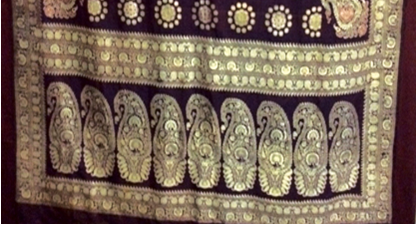Until recently the general view of the future of handlooms was gloomy. Though people saw the production of cloth on the handloom in India as a matter of pride in its heritage, they also saw it as an aberration in an industrializing economy. It will inevitably decline, was the general view. However, even today handlooms still produce twelve percent of the country’s cloth, while the share of the mills is only around fourpercent. Ninety-five percent of the world’s handloom fabric comes from India. The handloom industry even today is one of the largest employers in the country, certainly in rural India the largest after agriculture.
In the last few years there has been a surge of interest in the handloom, and new ways of looking at it. New initiatives, new support organizations have sprung up, seminars and workshops are being held, hand weaving is finding new constituencies, particularly among the young. These fresh viewpoints are contesting the gloomy picture of decline that in the last century hung like a dark cloud over the handloom industry. Perhaps the prophecies of doom were premature: Today at a time when climate change and the energy crisis are pressing concerns, when mass production is losing its glamour, the handloomcan be seen as an ecological, energy-efficient way of making cloth rather than an anachronistic remnant of pre-industrial manufacture, a sunrise, rather than a sunset, industry.
My own experience in the field of handloom weaving is twenty-seven years long. It began when I met the cotton and tassar weavers of south...
This is a preview. To access all the essays on the Global InCH Journal a modest subscription cost is being levied to cover costs of hosting, editing, peer reviewing etc. To subscribe, Click Here.




